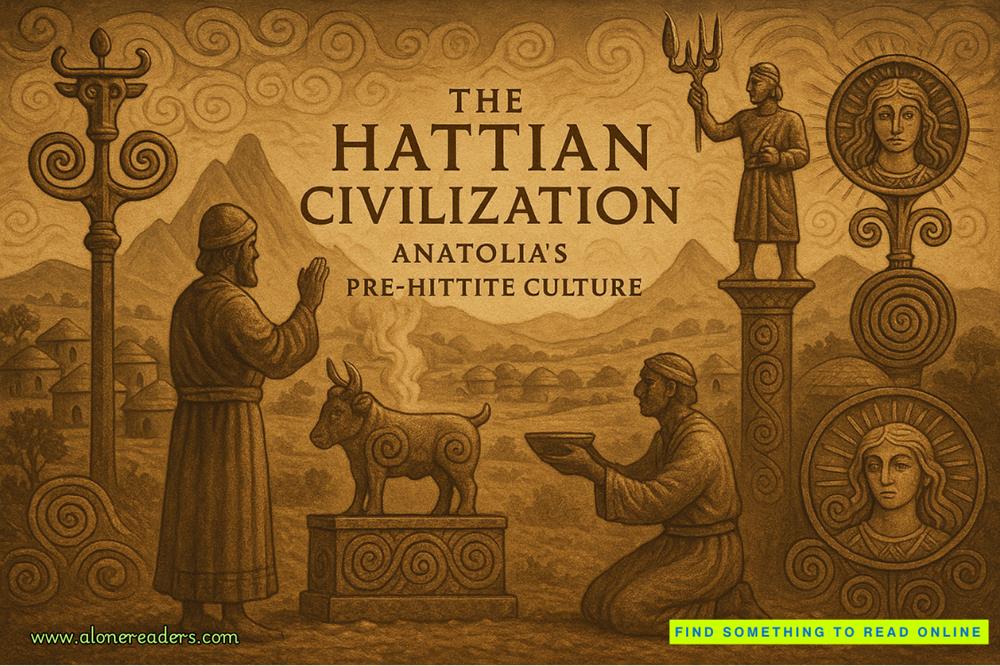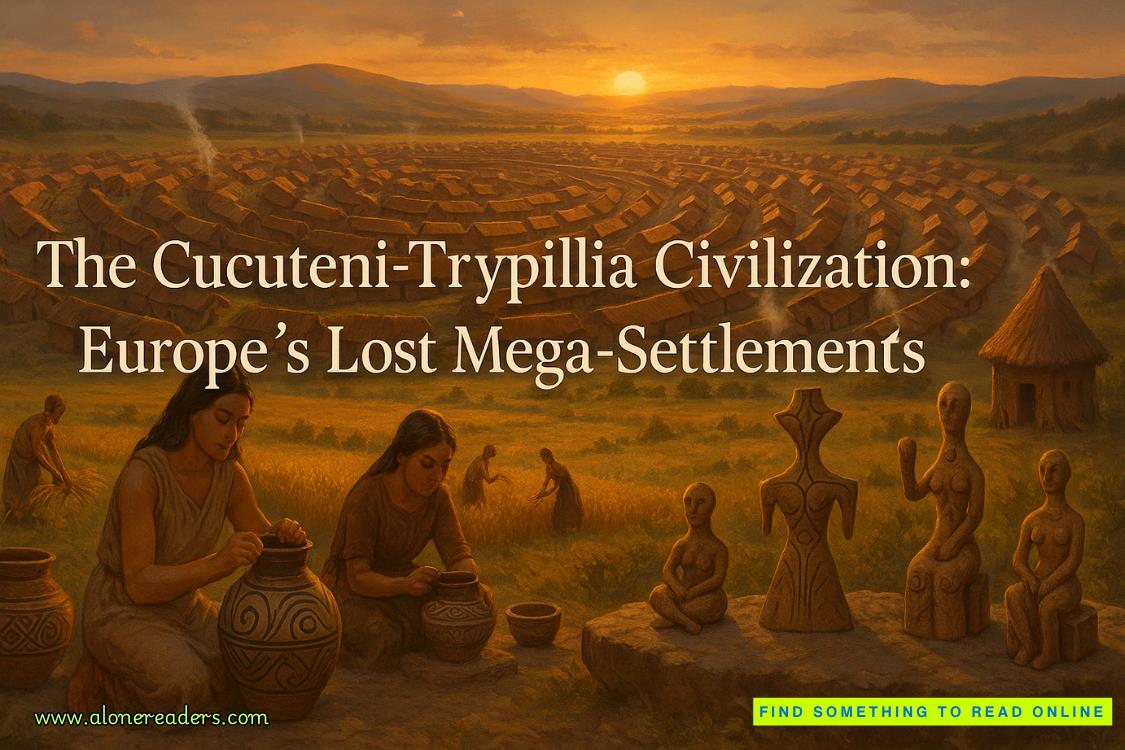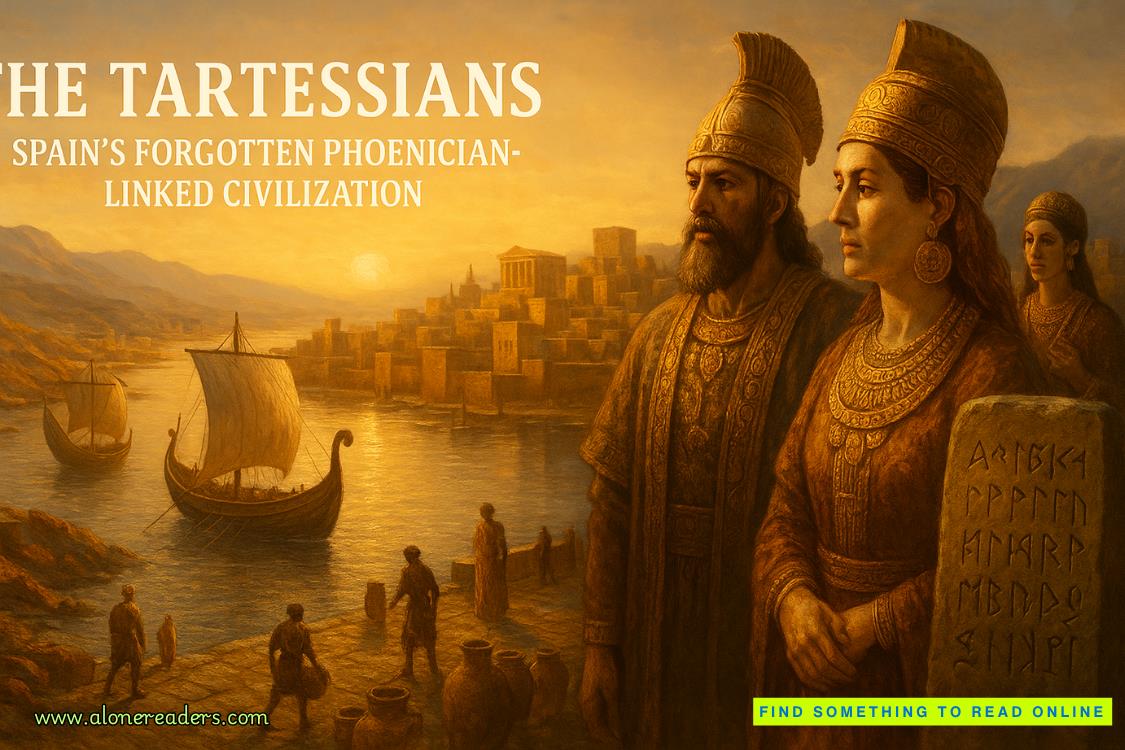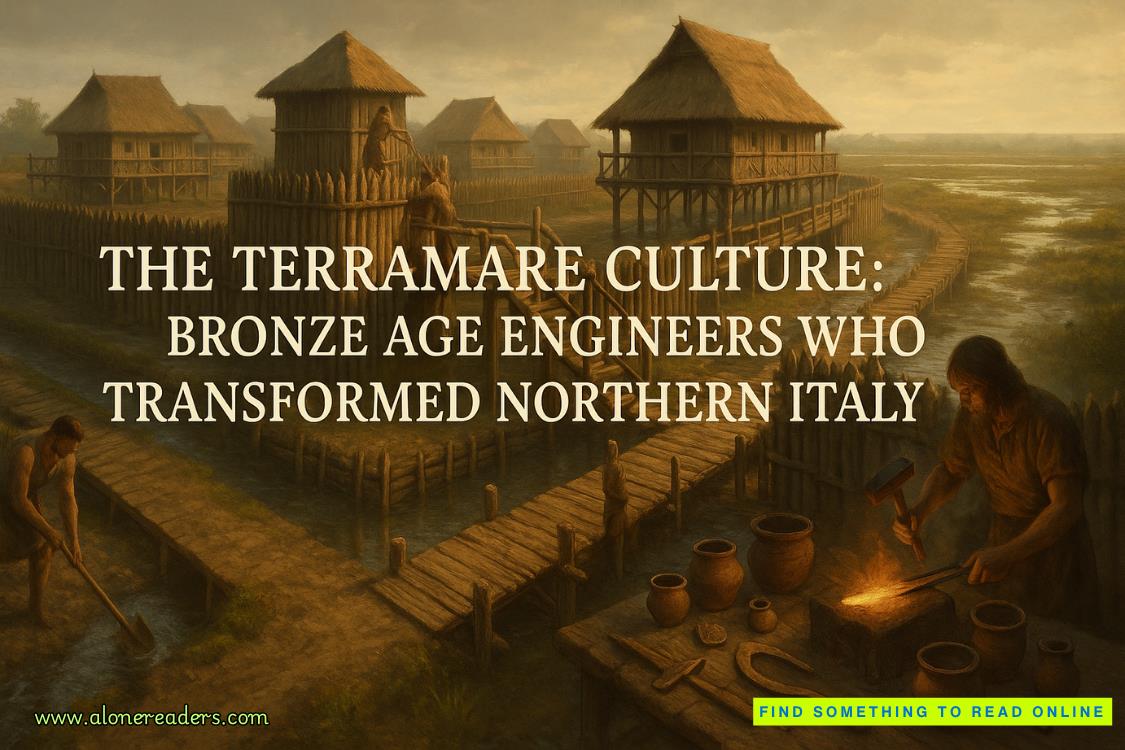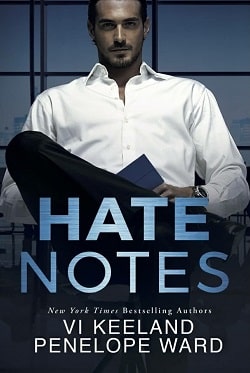Prescott was like a dog gnawing a bone, but the bone was me. “Have you got some soft tissue from this guy, Dr. Brockton?”
“Not so far.”
“Are you expecting any, Dr. Brockton?”
“Well, no.”
Prescott raised his hands, as if he were Christ on the cross. “Look, no offense”—a phrase that was nearly always followed by offensive words—“but we’re not living in a perfect world here, or working in some ivory-tower laboratory. We’re at a crime scene that’s one hell of a challenge, and we’ve found multiple bases for identification. Without soft tissue—or some magical video that shows Richard Janus actually steering the plane into the mountainside—this seems about as positive an I.D. as we’re gonna get.”
“You’re probably right,” I conceded.
“Thank you,” he said. “I said it before and I’ll say it again: I appreciate your contribution. And now I’m calling the boss.” Prescott raised his phone, found a number, and pressed “call.” “I’m up at the Janus crash site,” he said. “With the dental records. We’ve got a solid match—it’s a positive I.D. . . . Dr. Brockton, the anthropologist, just walked me through it. It’s solid, sir. Very solid. We’ve got several teeth with very distinctive features. Any one of them would be enough, says Brockton; cumulatively, it’s beyond question. There’s more, too. We’ve also recovered an orthopedic device that Janus had implanted a few years ago.” He listened, nodding. “We can be ready whenever. You want us to brief the widow first? . . . Yes, sir, I agree. But I think we should do them back to back: give her the news first, then—bam!—straight to the press conference. We don’t want her to get out ahead of us and spin it. We need to be the ones shaping the story. . . . Yes, sir, we’ll be ready. . . . Thank you, sir. Thank you very much.”
He clicked the phone shut, a smile tugging at the corners of his mouth.
McCready raised his eyebrows. “Sounds like the SAC is keeping a close eye on this one,” he said.
“What’s the SAC?” I butted in.
“Special agent in charge,” he explained. “Head of the field office. The boss.”
“Yes and no,” said Prescott. He no longer sounded irritated. In fact, the smile on his face was growing broader by the second.
McCready frowned. “Huh?”
“Yes and no,” Prescott repeated. “It was the boss. But not the SAC.” His smile widened.
“Then who?” asked McCready. He stared at Prescott, who was now grinning like a Cheshire cat. “Wait—are you kidding me?” McCready shook his head in seeming disbelief. “Whoa,” he said. “That’s major.”
“So who was it?” I looked from one to the other, feeling clueless and stupid.
Finally Prescott took pity on me. “Who gave you a ride out here?”
I pointed at McCready. “Duh. He did.”
Prescott shook his head. “Who gave you and Mac a ride? Who let you borrow his ride?”
I furrowed my brow at him, still playing catch-up. “His ride? You mean the jet—the Gulfstream?” Finally I got it. “Are you telling me that was the director—the director of the FBI—on the phone just now?” I felt myself starting to smile, too. “Whoa,” I said. “That is major.”
AS THE AFTERNOON WORE ON, WE CONTINUED PICKING our way through the crumpled shell of the cockpit and instrument panel—a mixed-media collage of burned wires, melted knobs, shattered glass, splintered circuit boards. We found a few more shards of bone and a handful more teeth—including the other chipped incisor, which brought our total to twenty-nine of the thirty-two teeth.
Tangled amid the wiring, I came upon a pendant on a thin steel chain, the clasp still fastened around a throat that wasn’t there. A neckless necklace, I thought ironically. At first glance, the pendant appeared to be a cross. Looking closer, I saw that the lower end had small tailfins; the pendant was an airplane, suspended from its nose in a perpetual climb. But when I rubbed it against the leg of my pants to remove the soot, I noticed that it was engraved—not with initials or an inscription, but with an etched outline of Jesus: an aeronautical crucifix; Christ on a flying cross. I held it in my palm as Kimball photographed it in detail, then I slipped it into my pocket, to give to McCready. We’d found a set of keys earlier, a charred cell phone, and the mangled remains of a stainless-steel wristwatch. The pendant, though, was the only truly personal effect we’d found, and I hoped McCready would give it to Janus’s widow. What had it meant to him, I wondered: an emblem that melded elements of work and worship, worn around the neck of a man who seemed equal parts humanitarian and drug smuggler? A man is a mass of contradictions, I thought—a well-worn quotation, but no one had ever embodied it better than Richard Janus, I suspected—up until the split second he no longer embodied anything at all.
By now we were mining the lowest layer of wreckage—the floorpan of our excavation, down in the land of diminishing returns—and bit by bit, piece by piece, I began to smell the metaphorical barn. Finally we reached the aircraft’s nose, its outer skin, which was molded to the contours of the bluff almost as closely as human flesh adheres to cheekbones, forehead, jaws. “Okay, fellas,” I said, straightening up and twisting—left, right, left—to wring the kinks from my back. “Anything we haven’t found by now is either decimated or incinerated. Or both. I think I smell the barn. Or maybe it’s just us.” My announcement was greeted by a chorus of grateful sighs and weary cheers. I stepped back and took a critical look at the nose, the last large piece of wreckage to go up. “This is gonna be tough to get onto the platform,” I said. “Take some finagling to work it through those cables.”
“How ’bout we just hang it underneath?” suggested Boatman.
“Be easier—more stable, anyhow—if we took the platform off altogether,” said Kimball. “Fasten it right to the cable.” He explained how he would do it, pointing and motioning to show places he could attach straps to the piece, and everyone agreed that the plan made sense. Kimball made a solo trip topside to unhook and park the platform. Ten minutes later he rappelled back down, followed by the crane’s steel cable, the big U-shaped shackle dangling from the line like a giant fishing hook.
Kimball had brought down a half-dozen neon-hued nylon straps, which he began threading around and through the flattened nose cone. As he bent over the mangled metal, tugging and tussling to work a strap beneath the bottom edge, he paused. “Hey, Doc. Got another one for you. A stray.” He reached a thumb and forefinger beneath the jagged edge of metal and plucked a small object from a recess in the rock. I held out my hand, palm upturned, and into it Kimball dropped the object: a tooth, one that had been snapped off at the gum line. I stared, blinked hard, stared again.
“Doc? What’s up? You look like you’ve seen a ghost.”
“I think maybe I have,” I said. “It’s an incisor. An upper central.” I tapped my front teeth.
Kimball’s brow furrowed. “Huh? I thought we already found both of those.”
“We did.” I studied the faces of Kimball and the other agents as they leaned in for a better look. “This is a third one. From a second person.”
“YOU’RE KIDDING, RIGHT?” SAID MCCREADY WHEN I radioed him about the find. I heard him mutter to someone, “Brockton says he’s found another tooth—from another person, not Janus.” In the background, I heard what seemed to be a string of garbled expletives; I couldn’t quite make out the words, but I recognized the voice. “Maddox says, with all due respect, that your head appears to be inserted into one of your lower orifices,” McCready said. “No offense, but I’m with Maddox on this—it can’t be from somebody else.”
“Maybe it can’t,” I told him. “But it is.”
“We’re still short three of Janus’s teeth,” he persisted. “It’s gotta be one of those.”
“It’s an incisor, Mac. Upper central. We’ve already got those, remember? Both of them chipped. Just like in the photos and the dental records.”
“Then it’s a lateral incisor. Or a lower. Or a canine.”
“Those are all accounted for, too,” I said. “All we’re missing from Janus are two molars and one bicuspid. Besides, this is—trust me—an incisor.”
“You’re absolutely sure?”
“I’d stake my life on it. Yours, too.” I turned the tooth over in my palm. “That’s not all. This tooth is from a Mongoloid.”
The radio went silent for a moment, then he said, “You’re telling me there was a mentally retarded person on that plane with him?”
“No, no,” I clarified. “Sorry, that’s anthropologist lingo. Mongoloid, as in ‘descended from ancient inhabitants of Mongolia.’ Mongoloid, as opposed to Caucasoid or Negroid. Mongoloid, as in Asian or Native American.”
“Sit tight,” he said. “I’m coming down.”
Five minutes later, the rappelling rope twitched and seethed as a grim-faced McCready descended from on high. Without a word, I handed him the tooth—a far less celebratory echo of the way I’d jubilantly turned over the first tooth. This time he did not smile; instead, he took it and stared at it—glared at it—as if it had done him a grievous wrong. Finally he looked up, frowning and sighing. “Well, I’m no dentist,” he said, “but yeah, even I can tell it’s not a molar or bicuspid. But what makes you say it’s Asian or Native American?”
I plucked the tooth from his palm and turned it edgewise to show him the biting surface. “See how curved the edge is? And how the back of the tooth is scooped out?” He took it back and gave it a close look. “It’s called a shovel-shaped incisor,” I explained. “Unique to Mongoloid peoples. And this is a textbook example.”








